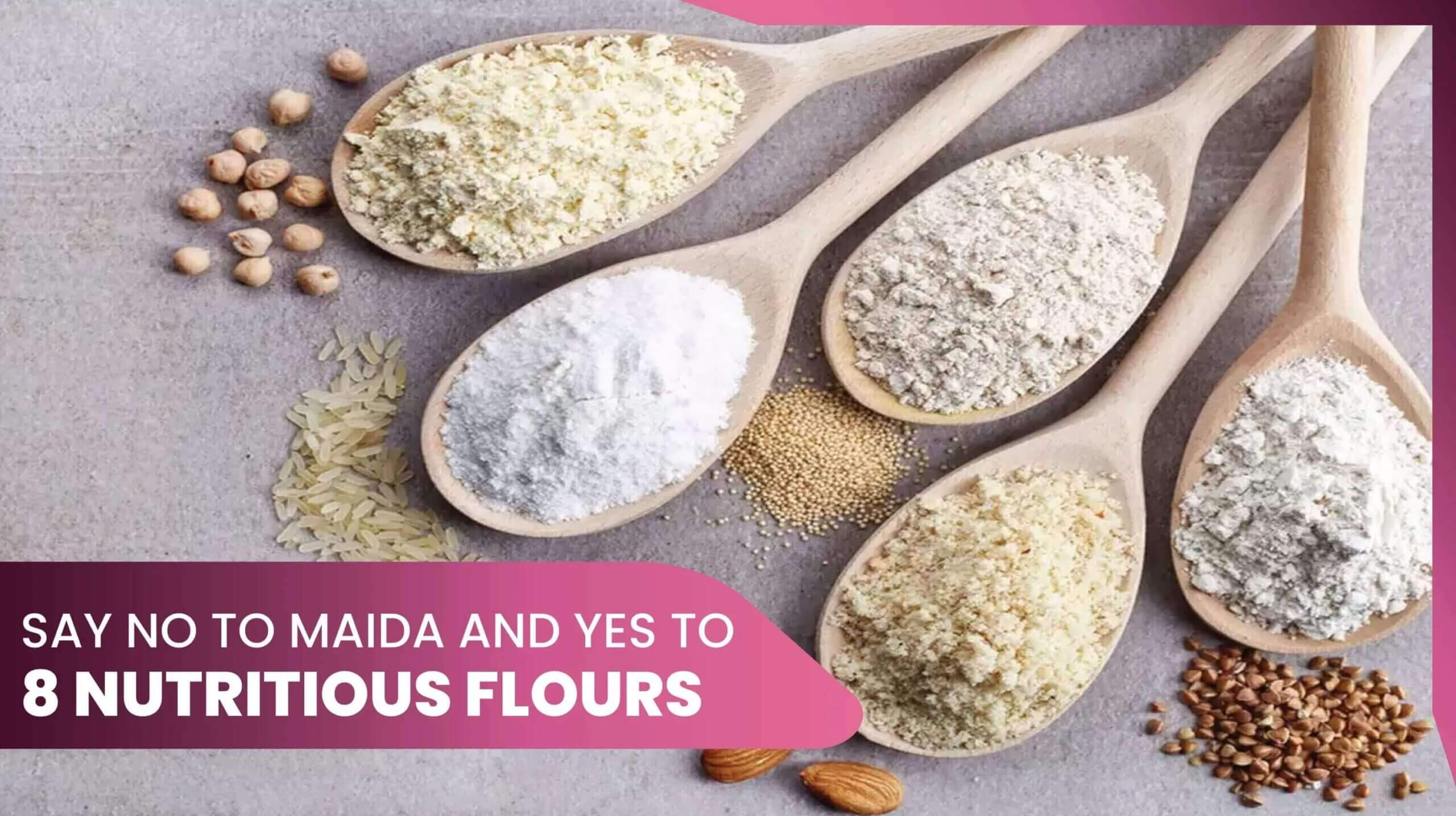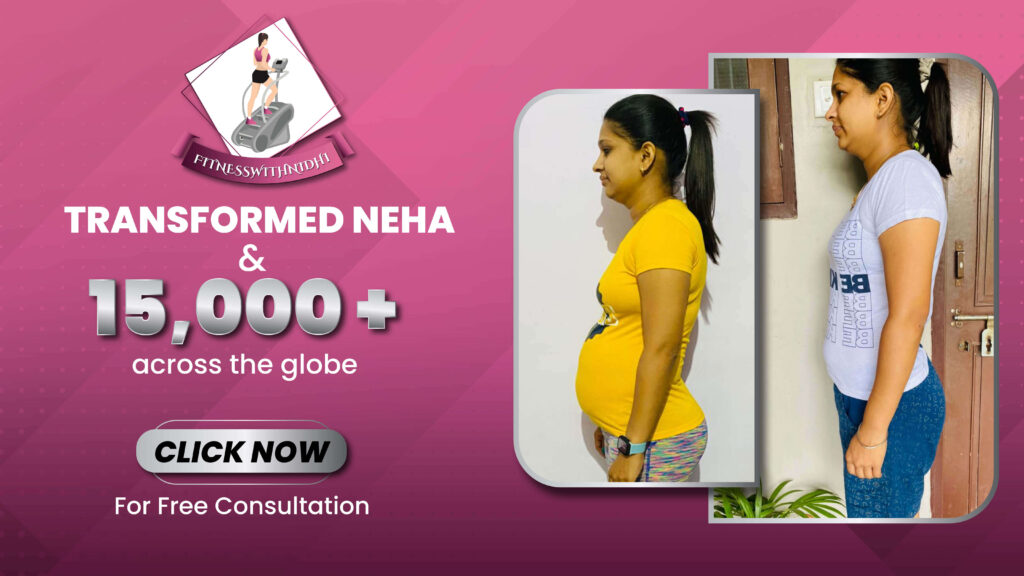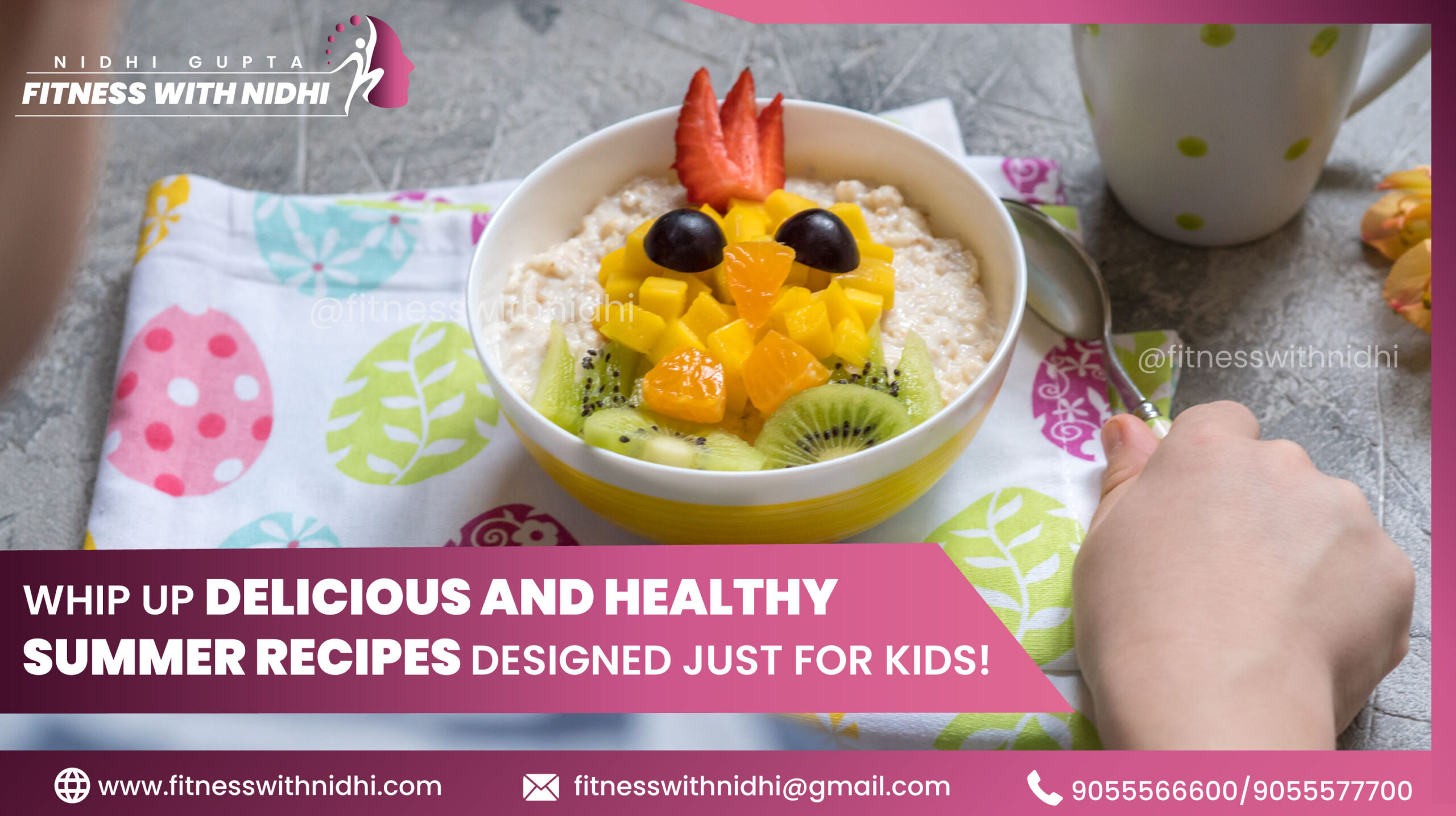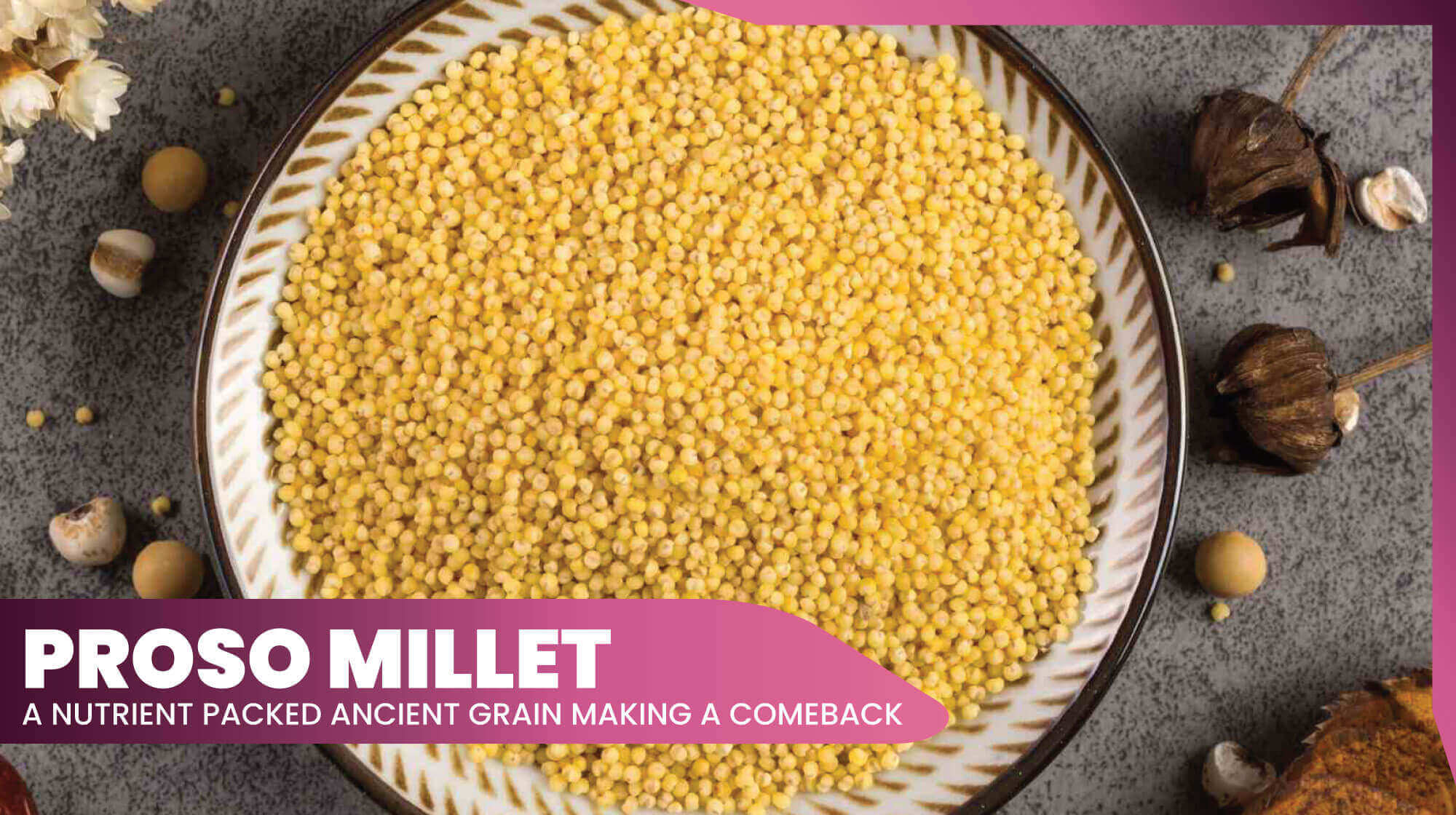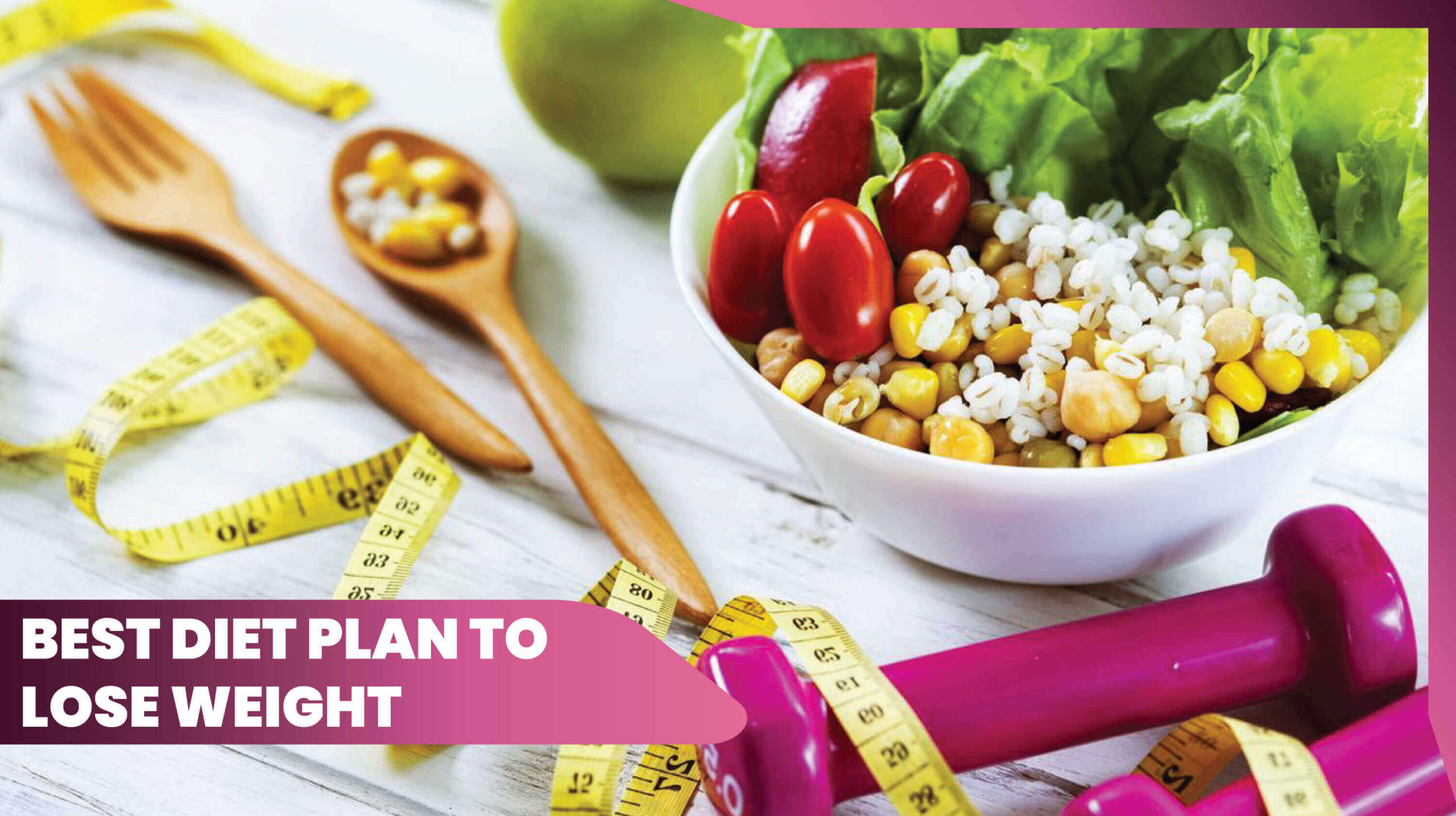We all love our bakery treats – fluffy cakes, crispy samosas, and melt-in-your-mouth pastries. But the thought of giving up refined flour (often called Maida) can feel like saying goodbye to all those delicious favorites.
Fear not! Switching to nutritious flours and alternative sweeteners doesn’t have to mean sacrificing taste.
Here’s the secret: Maida is simply the starchy center of the wheat kernel, stripped of its bran and germ: the parts packed with fiber and nutrients. By exploring a variety of flours made from whole grains, nuts, or even seeds, we can unlock a world of flavor and keep our taste buds happy, all while giving our bodies the good stuff!
Disadvantages of Refined Flour
Consumption of Maida can cause many problems like:
- Gut ailments
- Type 2 diabetes
- Hypertension
- Obesity
- Making bones weak
- Bloating
- Indigestion
- Constipation
Baking without maida is easy once you focus on healthy alternatives to refined flour. Maida is made up of only the endosperm part of wheat grain, which is then bleached to give the characteristic white appearance to Maida.
Confused About Your Ideal Daily Calorie Intake?
Use Our Calorie Calculator to Calculate Your Optimal Calories & Avoid Overeating!
8 Nutritious Flours to Swap for Maida(Refined Wheat Flour)
1. Almond Flour:
Almond flour is made from almonds. First, the almonds are blanched (skins removed) and dried. Then, they are ground into a fine powder and dried again. This flour gives your food a slightly nutty taste.
Regular flour has gluten, which helps things stick together. Almond flour doesn’t have gluten, so you should add eggs or baking powder to your recipes when you use almond flour. This helps your baked goods hold their shape.
Because almond flour already contains some fat, you can use less butter in your recipes when baking with it.
2. Coconut Flour:
You can make coconut flour at home! First, shred the coconut flesh, like you would cheese. Squeeze out all the milky juice. Then, dry the shredded coconut in the sun, in the air, or in your oven.
Regular flour has something called gluten that helps things rise when you bake. Coconut flour doesn’t have gluten, so you need to add eggs or baking powder to your recipe instead.
3. Buckwheat Flour:
- Buckwheat is a grain that can be ground into flour. You can find it in most stores or order it online.
- It mixes well with almond flour and is great for baking cakes, cookies, bread, and anything else!
- Just like almond and coconut flour, buckwheat flour doesn’t have gluten (good for people who can’t eat gluten). But if you can eat gluten, you can mix it with regular wheat flour.
- Buckwheat flour is good for you, too! It has lots of nutrients and antioxidants.
4. Tapioca Flour:
Tapioca flour is like a powder made from cassava root. It has a lot of starch and doesn’t contain gluten. Mix tapioca flour with brown rice flour or quinoa flour for baking. If you want your baked treats to be a little crispy, add some tapioca flour.
5. Quinoa Flour:
Quinoa flour is a good powder made from a plant with all the important proteins your body needs. You can find it in some stores and easily order it online. It’s great for baking things like cookies and cakes, and you can even add nuts and seeds! Quinoa flour is a healthy choice for people with high blood pressure, heart trouble, high cholesterol, joint pain, and gout. It’s especially good for people with diabetes.
6. Ragi Flour:
Ragi, also called finger millet or Nachni, is a grain grown in India, especially in Bihar. It’s packed with calcium, even more than most other grains! You can mix ragi flour with regular whole wheat flour or brown rice flour to make your baked goods even healthier and stronger in calcium. It’s a great choice for people who want to manage cholesterol, blood sugar, weak bones, or brittle nails.
7. Banana Flour:
Banana flour is like powder made from bananas that aren’t ripe yet. It doesn’t have gluten, which is good for people who can’t eat it. It feels a bit like dust and gives your food a little bit of banana taste. You can put it in drinks like smoothies and milkshakes to make them thicker. It’s also good for your tummy because it has something called resistant starch. People mostly use it for baking things like banana muffins, cakes, and bread.
8. Soybean Flour:
This flour is made from ground soybeans. It’s full of good stuff like protein, iron, and vitamins. You can use it instead of regular flour (Maida) to bake cookies, crackers, veggie fritters (pakoras), and savory steamed cakes (dhokla).
Conclusion
Baked and fried goods made with Maida are unhealthy and cause many health ailments. Therefore, it is necessary to stop consuming it and switch to healthier alternatives, as listed above. These alternatives are much healthier than refined flour because they are rich in nutrients and antioxidants.

